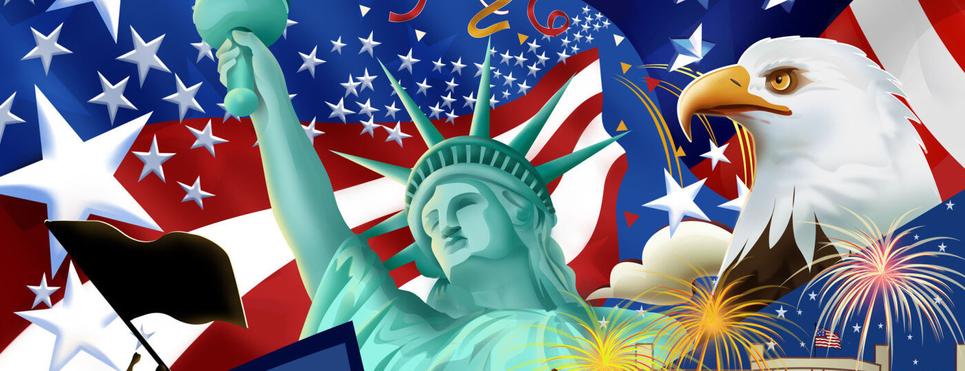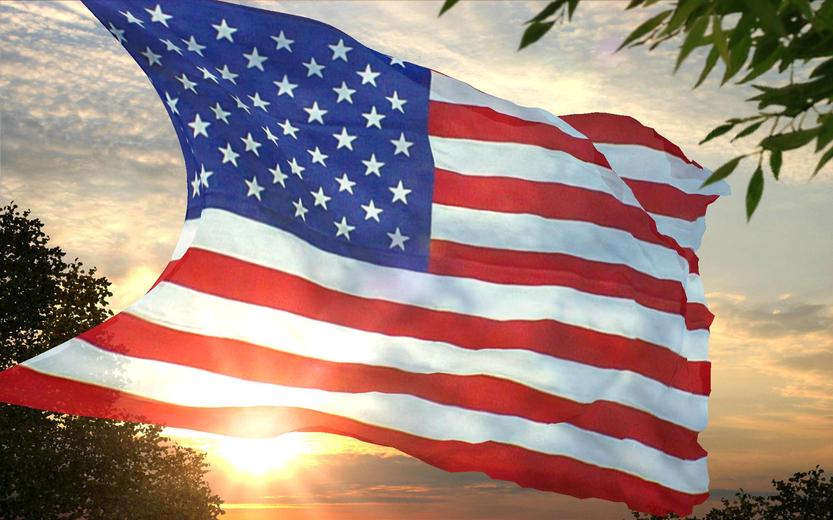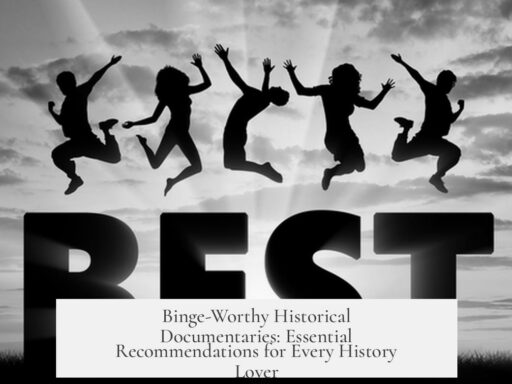Recommended books on the American Revolution provide comprehensive insights into military, political, and social contexts. These works cover diverse perspectives and enrich understanding of the conflict’s complexity.
The 1958 hardback edition of The American Heritage Book of the Revolution, edited by Bruce Lancaster, stands out. It offers detailed chapters exploring military, political, and social aspects, enhanced by vivid imagery. The large, glossy pages display uniforms of French regiments under Comte de Rochambeau arriving in 1780. Key battles are brought to life, like the Battle of Saratoga with depictions of Tim Murphy’s sniper shot and Arnold’s injury. Portraits and documents, such as Jefferson’s Declaration rough draft with notes from Adams and Franklin, deepen historical context. Unlike later editions, the original maintains rich visual elements complementing the text’s detail.
Another notable option is The War of the Revolution by Christopher Ward. This two-volume set, originally published in 1952 and reissued in 2011, offers a comprehensive, scholarly examination of the war. Spanning approximately 1,000 pages, it remains a valuable resource due to its extensive research and balanced coverage of military campaigns.
Holger Hoock’s Scars of Independence shifts focus to internal American conflicts. It reveals violent acts such as tarring, feathering, and other punishments among Patriots and Loyalists. The book emphasizes how these internal struggles shaped the Revolutionary era, adding depth to traditional battlefield narratives.
Our First Civil War: Patriots and Loyalists in the American Revolution by H.W. Brands explores the personal experiences behind allegiance choices during the war. Brands’ engaging narrative style humanizes historical figures. The book aligns with Hoock’s in its detailed look at divided American communities, enhancing understanding of the Revolution’s social fabric.
For perspectives on Loyalists, Maya Jasanoff’s Liberties Exiles: American Loyalists in the Revolutionary World examines lives of those who opposed independence. It shows their struggles as British subjects or freed enslaved people who sought new lives elsewhere, offering a unique vantage point beyond the Patriot viewpoint.
The Oxford Handbook of the American Revolution, edited by Edward Gray and Jane Kamensky, provides a comprehensive overview with contributions from multiple scholars. It covers various revolutionary aspects and serves as a broad academic resource for scholars and enthusiasts alike.
For a thematic approach, Gordon Wood’s Pulitzer Prize-winning The Radicalism of the American Revolution highlights the political transformation from monarchy to democracy. It focuses less on military events and more on ideological shifts and republicanism’s rise.
Alan Taylor’s American Revolutions: A Continental History, 1750–1804 offers a wider lens on the Revolution. It situates the conflict in North American and global contexts, with accessible narrative weaving complex events into a digestible form, suitable for readers seeking broader scope.
Andrew Jackson O’Shaughnessy’s The Men Who Lost America: British Leadership, the American Revolution, and the Fate of the Empire examines British military and political leadership. It enriches understanding of the war from an often overlooked British perspective.
David Fischer’s Washington’s Crossing focuses on a critical episode in the war: the Continental Army’s crossing of the Delaware River. Fischer’s detailed account of the lead-up and campaign provides insight into a pivotal moment shaping the conflict’s outcome.
Alternative sources include biographies and primary documents. Exploring the lives of generals or political leaders through biographies can deepen niche knowledge. Primary sources such as letters offer personal insights into events and relationships. For example, drill manuals like Baron von Steuben’s Regulations for the Order and Discipline of the Troops of the United States provide military procedural context.
Online resources, such as the AskHistorians Book List, compile recommended reads and scholarly works on the Revolution. This list is a useful guide for further exploration.
- The American Heritage Book of the Revolution offers a rich blend of narrative and imagery in its original 1958 edition.
- The War of the Revolution by Christopher Ward is a definitive, research-driven two-volume set.
- Scars of Independence and Our First Civil War reveal internal conflicts among Americans.
- Liberties Exiles provides the Loyalist perspective, often less covered.
- The Oxford Handbook covers the Revolution comprehensively with scholarly essays.
- The Radicalism of the American Revolution analyzes ideological and political shifts.
- American Revolutions and The Men Who Lost America offer broad continental and British views.
- Washington’s Crossing highlights a pivotal military campaign.
- Biographies, primary documents, and military manuals complement broader histories.
- The AskHistorians Book List is a curated resource for further reading.
What Books on the American Revolution Do You Recommend? Dive In With These Top Picks

What books on the American Revolution do you recommend? Great question! The American Revolution is a massive story—not just about battles and muskets, but about politics, society, and human drama. To truly understand the Revolution, you need more than a single angle. You want the military moves, the political debates, personal struggles, and even the cultural impacts all wrapped into one reading experience. Lucky for you, we have excellent book recommendations covering all those dimensions and more.
Let’s explore some standout books that illuminate the Revolution from different perspectives, blending vivid storytelling with solid scholarship. Plus, if you’re wondering whether to grab a biographical deep dive or a general overview, I’ve got you covered.
The Rich, Visual, and Fully Loaded Edition: The American Heritage Book of the Revolution
First up on the list is The American Heritage Book of the Revolution, edited by Bruce Lancaster. If you ever come across the 1958 hardback edition, snap it up. It’s not just text; it’s practically an art gallery. This edition bursts with glossy, full-color plates showing those fancy blue and yellow French uniforms, portraits of iconic revolutionaries, maps, and original newspaper prints—like the Pennsylvania Journal announcing the repeal of the Stamp Act.
Imagine flipping open to a two-page spread showing the Battle of Saratoga’s dramatic moments: a sniper taking down General Simon Fraser while Benedict Arnold suffers a crippling injury. That scene alone feels like a mini movie frozen in paint. So, while it’s not a picture book, the lavish imagery combined with detailed, well-written chapters covering the military, political, and social facets makes this a gem.
For Readers Who Want Depth: The War of the Revolution by Christopher Ward

If you’re ready to get scholarly and embrace the full complexity, try The War of the Revolution by Christopher Ward. Originally released in 1952, it spans near 1,000 pages and was reissued in 2011. This two-volume set reads like a masterclass in Revolutionary historiography, combining detailed military accounts with broad analysis.
Ward dives deeply into battles, leadership decisions, and the saga’s bigger picture. This book proves its staying power—new editions over six decades after the author wrote it say a lot about its quality. Don’t worry about dusting off the “musky” smell; this book immerses you in the Revolution like few others.
The Internal Turmoil: Scars of Independence by Holger Hoock
Ever thought about how messy the American side was? Holger Hoock’s Scars of Independence peels back the patriotic veneer to reveal brutal internal conflicts. Violence wasn’t just between redcoats and colonists but among neighbors, families, and communities. Tarring and feathering, beatings, and forced allegiance oaths were common tactics rival groups used.
This book uncovers those darker moments, reminding us that revolutions are rarely clean or simple. If you want gritty truth and social upheaval alongside battles, Hoock’s narrative is an eye-opener.
Personal Loyalties Explored: Our First Civil War by H. W. Brands and Liberties Exiles by Maya Jasanoff

Ever wondered why some Americans stuck with the Crown? Our First Civil War: Patriots and Loyalists in the American Revolution by H. W. Brands offers a compelling look at the reasons individuals sided with either Patriots or Loyalists. Brands is a gifted storyteller who breathes life into historical figures and reveals intimate details about their choices during the Revolution.
Complement that with Maya Jasanoff’s Liberties Exiles: American Loyalists in the Revolutionary World, which focuses on Loyalists who fled America. This work examines how they rebuilt their lives as British subjects (or, in some cases, freed enslaved people) in new lands. Together, these books give a balanced picture of Americans divided by ideology and survival.
The Big Picture and Political Shift: The Oxford Handbook of the American Revolution and The Radicalism of the American Revolution
For a thorough, multi-perspective overview, The Oxford Handbook of the American Revolution, edited by Edward Gray and Jane Kamensky, acts like an all-you-can-eat buffet of Revolutionary-era knowledge. Contributors explore varied themes, providing well-rounded insights ideal for readers wanting context beyond the battlefield.
Meanwhile, Gordon Wood’s Pulitzer-winning The Radicalism of the American Revolution zeroes in on the political and ideological upheaval. Wood charts America’s transformation from monarchy to democracy and republicanism. Although it sidesteps combat details, this book is essential for grasping how radically America changed socially and politically.
A Pan-Continental Perspective: American Revolutions: A Continental History, 1750-1804 by Alan Taylor

Alan Taylor, a Jefferson professor, takes a refreshing approach in American Revolutions. He treats the Revolution as a sweeping continental event spanning 1750 to 1804, intertwining Native American, African American, and European experiences with the classic Anglo-centric view.
Taylor weaves complicated histories into digestible narratives—a skill that makes this book perfect if you want a broader and more inclusive take. This one’s like seeing a giant tapestry instead of zooming into one patch.
British Leadership and Military Campaigns: Andrew Jackson O’Shaughnessy and David Fischer
Wonder what the British side looked like from the top down? The Men Who Lost America by Andrew Jackson O’Shaughnessy explores British leadership and their gambits. It’s a fascinating angle showing how the British command botched (or sometimes brilliantly executed) their imperial efforts.
On the American side, you can’t overlook David Fischer’s Washington’s Crossing. This book zeroes in on the pivotal moment in December 1776 when General Washington and his troops crossed the icy Delaware River. Fischer vividly reconstructs events, decisions, and hardships around that campaign, showing why it was a turning point.
Dive Deeper With Biographies, Primary Sources, and Niche Reads

If you have a favorite Revolutionary figure, their biographies can provide a close-up look into their lives and actions. Reading primary sources, like letters, offers authentic voices from the past. Collections such as The Letters of George Washington or The Correspondence of John and Abigail Adams let readers eavesdrop on history.
And for a unique peek into military discipline, consider Regulations for the Order and Discipline of the Troops of the United States by Baron Von Steuben—the drill manual that helped transform ragged militias into a professional fighting force.
Extra Resources Worth Exploring
Want a curated list to keep exploring? The AskHistorians Book List on the War for American Independence is a treasure trove. It contains expert recommendations and links that span popular, academic, and niche topics.
Final Thoughts: Which Book Should You Pick?
Here’s a quick recap to help you decide:
- Visual Learner / History Buff: The American Heritage Book of the Revolution
- Deep Military History: The War of the Revolution by Christopher Ward
- Social Upheaval & Internal Conflict: Scars of Independence by Holger Hoock
- Loyalist Perspective: Liberties Exiles by Maya Jasanoff
- Big Picture Political Change: The Radicalism of the American Revolution by Gordon Wood
- Inclusive, Continental View: American Revolutions by Alan Taylor
- British Command Insight: The Men Who Lost America by Andrew Jackson O’Shaughnessy
- Iconic Campaign Spotlight: Washington’s Crossing by David Fischer
Ask yourself: Are you craving dramatic battle scenes, political conversations, or personal stories? Each book offers a unique doorway into the Revolution’s world. Maybe start with one, then explore the others for a fuller picture. And remember—a dusty old book doesn’t equal a boring read. The American Revolution’s story is as gripping as any thriller and more unpredictable than your morning coffee order.
What part of the Revolution fascinates you most? Are you team Patriot, Loyalist, or just team eager-to-learn? Drop your choices in the comments—after you grab one of these stellar books, of course!




